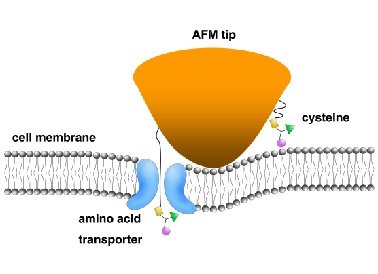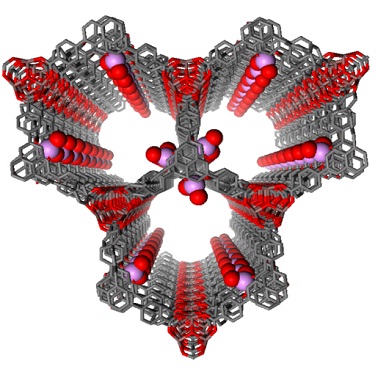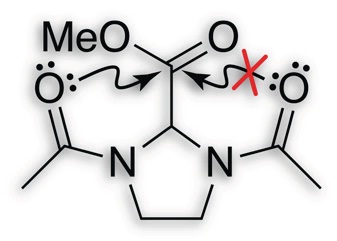Researchers in China have designed a smart supercapacitor that reversibly shuts down when it gets too hot.

The polymer shrinks when it gets too hot, inhibiting charge transfer
Supercapacitors are similar to batteries, but instead of redox reactions, electrical energy generation typically depends on electrical double layers and pseudocapacitors. They have significantly higher power densities, meaning faster charge/discharge cycles and long cycling lifespans. This makes them ideal for use in electric vehicles and other high power output applications.
However, these properties also mean that supercapacitors are prone to a self-propagating uncontrolled temperature increase, an effect known as thermal runaway. This dangerous effect is already widely known in lithium ion batteries, where explosions have caused high profile recalls of laptops from high-end manufacturers.
Min Wei and other researchers at the Beijing University of Chemical Technology may have solved the problem in supercapacitors by using a temperature-responsive electrode.
Read the full article in Chemistry World»
Read the original journal article in ChemComm:
Reversible thermally-responsive electrochemical energy storage based on smart LDH@P(NIPAM-co-SPMA) films
Yibo Dou, Ting Pan, Awu Zhou, Simin Xu, Xiaoxi Liu, Jingbin Han, Min Wei, David G. Evans and Xue Duan
Chem. Commun., 2013, Advance Article, DOI: 10.1039/C3CC43039A




















